What is the tolerance range of precision screws?
What is the tolerance range of precision screws?
Service Hotline
+86760-8787 8587We have more than ten years of production experience in the screw industry, the main products are: knock rivets, 316 washers, hexagonal welding point nuts, flowering nuts, saddle elastic washers, nut screws, set combination flat spring washer nut, hollow pin positioning pin , DIN302 rivets, thickened flat gaskets, BSOS pressure riveting parts, cap nuts, pressure riveting parts SO, T-shaped welding nuts, furniture nuts and other fasteners, due to different product materials and specifications, the price is also different , please contact us if necessary.


Anchor bolts are also known as stiffened anchor plate anchor bolts, welded anchor bolts, anchor claw anchor bolts, rib plate anchor bolts, anchor bolts, anchor screws, anchor wires, etc. It is specially designed to be buried in the concrete foundation and used as the base for fixing various machines and equipment. Figure 7 anchor bolts are the most commonly used anchor bolts. It is generally made of Q235 steel, with high strength using Q345B or 16Mn material, and also using 40Cr material to process 8.8-strength products, and occasionally using secondary or tertiary rebar. Anchor bolts are divided into wool, thick rod and thin rod. The wool material is the raw material steel, which is directly processed from round steel or wire without modification; thick rods or called A-type, thin rods or B-type, are processed from steel modified into the corresponding required rod diameter. Welded anchor bolts are made of single-headed bolts welded with stiffened iron plates. Its anti-pulling ability is strong. According to the different conditions of use, it can reach 3.6, 4.8, 6.8, 8.8 and other grades respectively. The tensile capacity of 3.6 grade 7-shaped anchor bolts is the tensile capacity of the steel itself. The tensile strength of anchor bolts directly processed from Q345B or 16Mn raw materials can reach a tensile strength of 5.8. The tensile strength of grades 4.8, 5.8, 6.8 and 8.8 refer to the provisions on mechanical properties in GB/T3098.1.
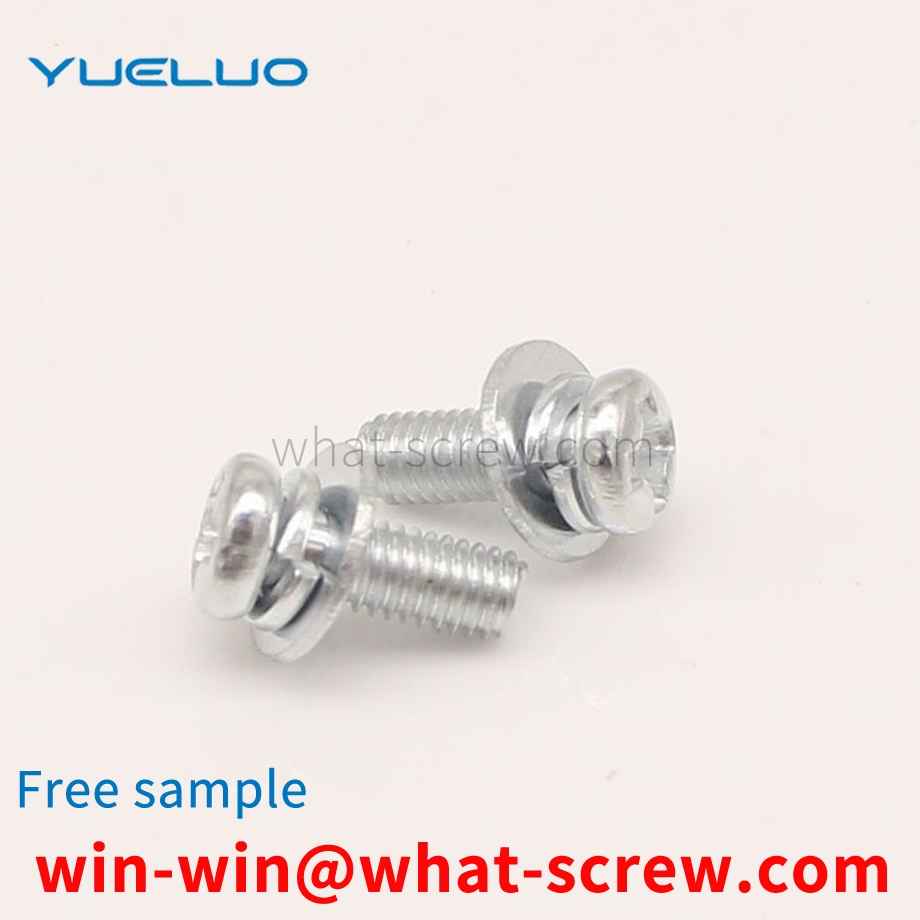
The production process of rivet nuts is basically similar to that of other screws. It's just that the screws are punched out with a screw pier, and the nuts are punched out with a nut pier. Introduce the production process of rivet nuts. 1. First, it is necessary to determine what material and material the rivet nut is, so that we can use what material to produce and what material to use. Knowing what materials and materials are used, we can buy screw wires. 2. Determine the size and length of the rivet nut. This is the best way to use a large screw wire. 3. After determining the material, material, size and type, we need to see if it is a commonly used rivet nut. If so, there must be a corresponding mold in the factory. If not, it is non-standard, then we have to order molds. 4. After everything is ready for production, it is necessary to use the nut machine to punch out the shape of the rivet nut, that is, the appearance. 5. After the pier is punched out, use the machine for tapping the nut teeth to tap it. 6. After the thread is tapped, electroplating is performed. The stainless steel rivet nut does not need electroplating, it only needs to be cleaned. If you want to electroplate other colors, you have to take it to a professional electroplating manufacturer for electroplating treatment.
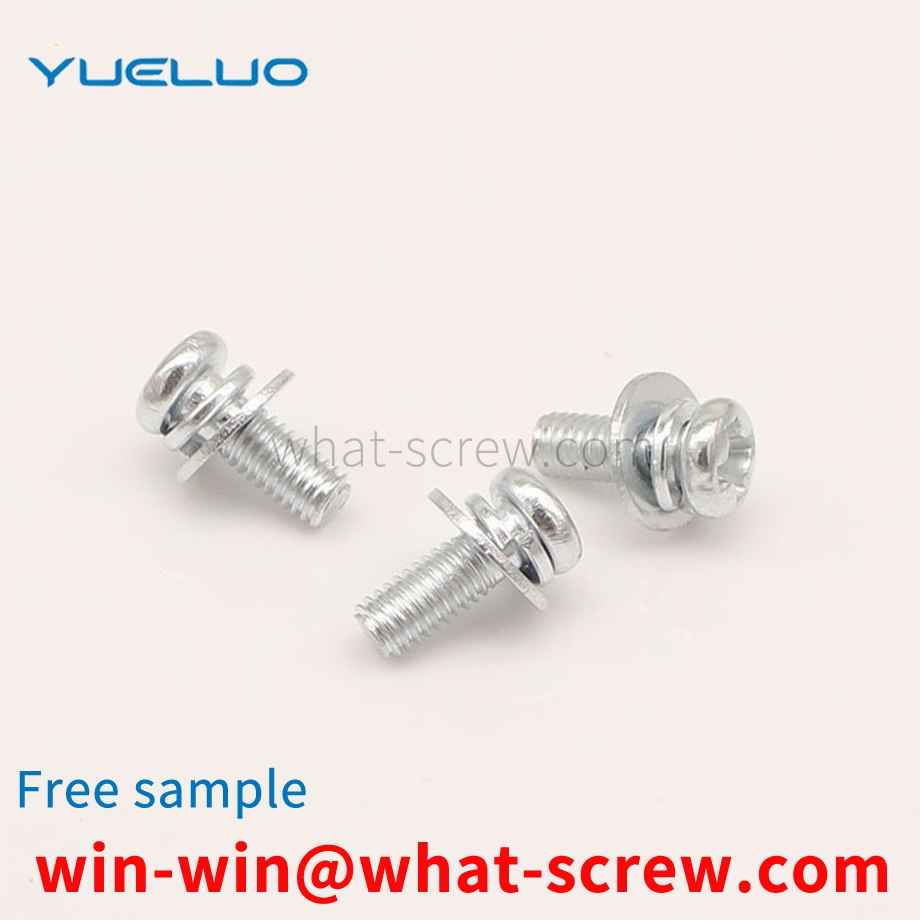
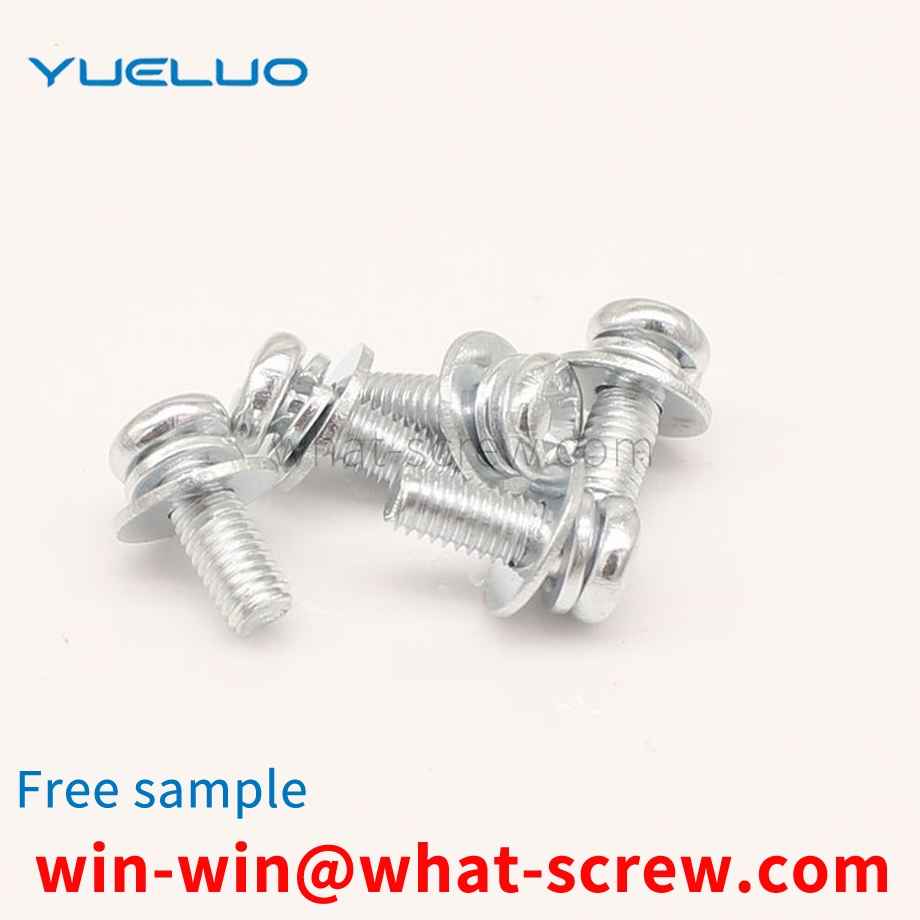
The elastic cylindrical pin, also known as the spring pin, is a headless hollow cylindrical body, which is slotted in the axial direction and chamfered at both ends. It is used for positioning, connection and fixation between parts. The outer diameter of the spring pin is usually slightly larger than the mounting hole. The deformation force generated by the elastic cylindrical pin to be restored to its original state by extrusion ensures the clamping effect of the elastic cylindrical pin. But just because of its clamping effect, it will play a big obstacle to the disassembly of the elastic cylindrical pin. When in use, the open end is extended out of the through hole on the pin shaft, and the open end is flared and separated to prevent the elastic cylindrical pin from sliding off the pin shaft to realize the function of preventing backlash. At present, the disassembly method of the elastic cylindrical pin usually uses a punching machine to remove the cylindrical pin, which easily destroys the equipment installed on the cylindrical pin, and the disassembled elastic cylindrical pin cannot be used again due to damage. One method is to insert the mounting pin with the clearance fit of the mandrel, punch the pin behind the mandrel to clamp the bottom of the cylindrical pin, and then pull out the cylindrical pin, which can only be used when the elastic mounting pin is installed in the through hole, and because it is necessary Applying force to the mandrel increases the difficulty of disassembly and increases the work intensity of the installer. Three methods are done by the installer using two needle nose pliers. Specifically, first use needle-nose pliers to clamp the ends of both sides of the elastic cylindrical pin, and then apply an inward force to the needle-nose pliers, so that both sides of the elastic cylindrical pin rotate in the same direction until the opening becomes smaller, and then Pull it out to remove it successfully. The defects of these existing methods are obvious. The shape of the disassembled elastic cylindrical pin is either unusable or the deformation of the cylindrical pin after disassembly is not uniform, which seriously affects the performance of the elastic cylindrical pin, resulting in waste and increased cost; The method is purely manual work, and sometimes it takes several repetitions to remove the elastic cylindrical pin. Due to the different installation positions of the elastic cylindrical pin, it sometimes increases the difficulty of disassembly, and it is difficult to remove the needle-nose pliers effectively. The pliers are difficult to construct, and the elastic cylindrical pins are easily damaged. If there are too many elastic cylindrical pins to be disassembled, the existing methods are often difficult to meet the needs, which not only consumes a lot of time and physical strength of the installer, but also makes it difficult to ensure the quality.
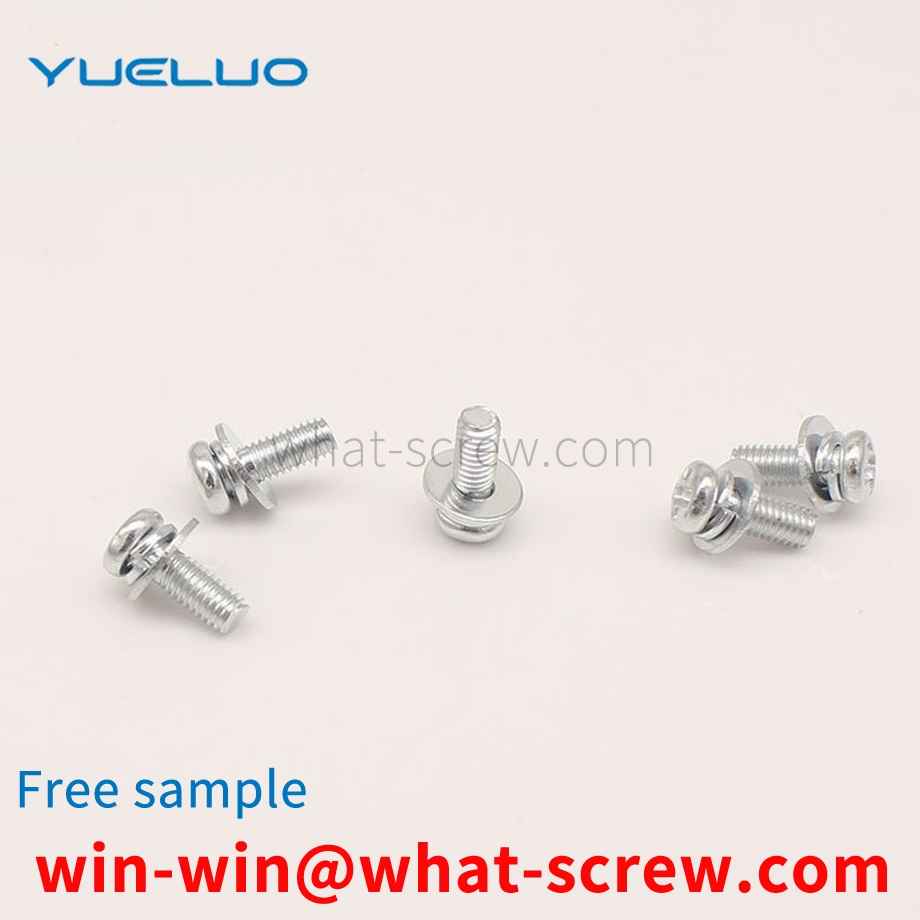
Embedding of fasteners, especially screws. The main point of the structure is that it includes an annular base, one at the base and a plurality of cylindrical tubes on the base, and the cylindrical tubes and the cylindrical tubes on the base are connected by ribs. Cylindrical tubes are used as fixing holes and fastener pre-embedded holes respectively. The product is fixed on the formwork that needs to use screw points through the fixing holes. After the concrete is poured into the floor, the embedded screw parts are pre-embedded, and the floor has embedded screw holes for hanging the installation objects with screws. . Avoid future re-drilling damage to the wall and floor. Guangdong Yueluo Hardware Industry Co., Ltd. has a simple and scientific structure, easy pre-embedding, strong tensile strength and firmness.
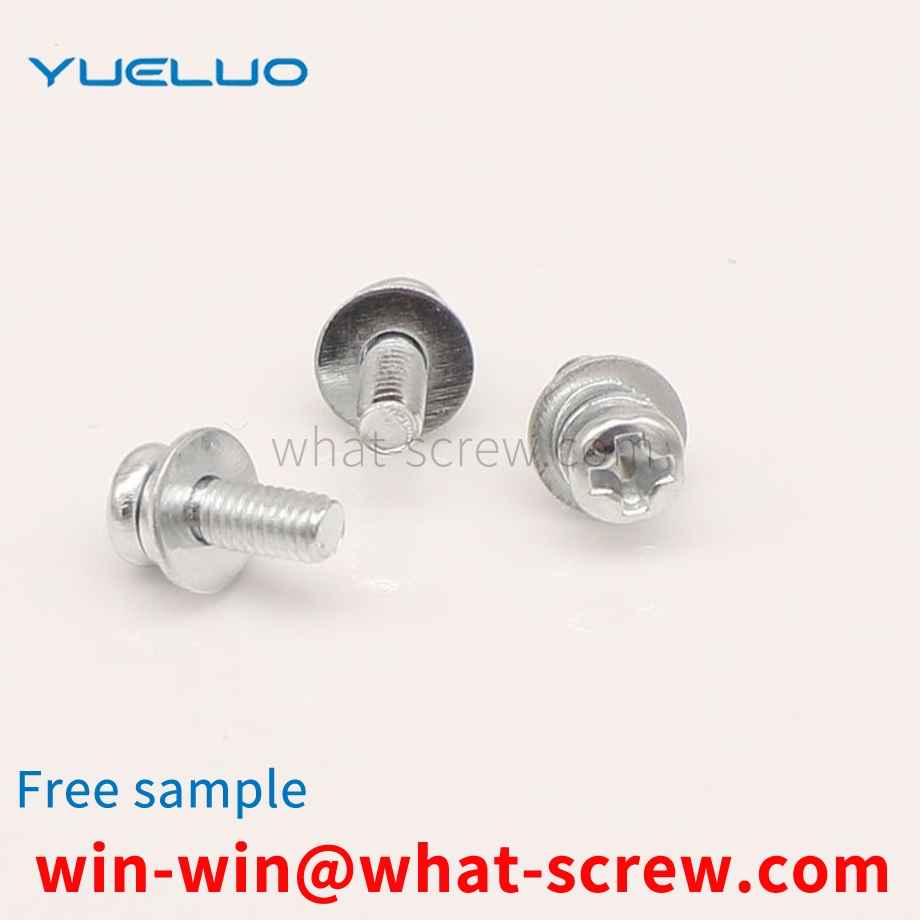
The above content is uploaded by Yueluo or the Internet. If there is any copyright issue, please contact [email protected].

What is the tolerance range of precision screws?

How to choose the right stainless steel screw manufacturer?

Why is there an R angle under the head of the hexagon head s...
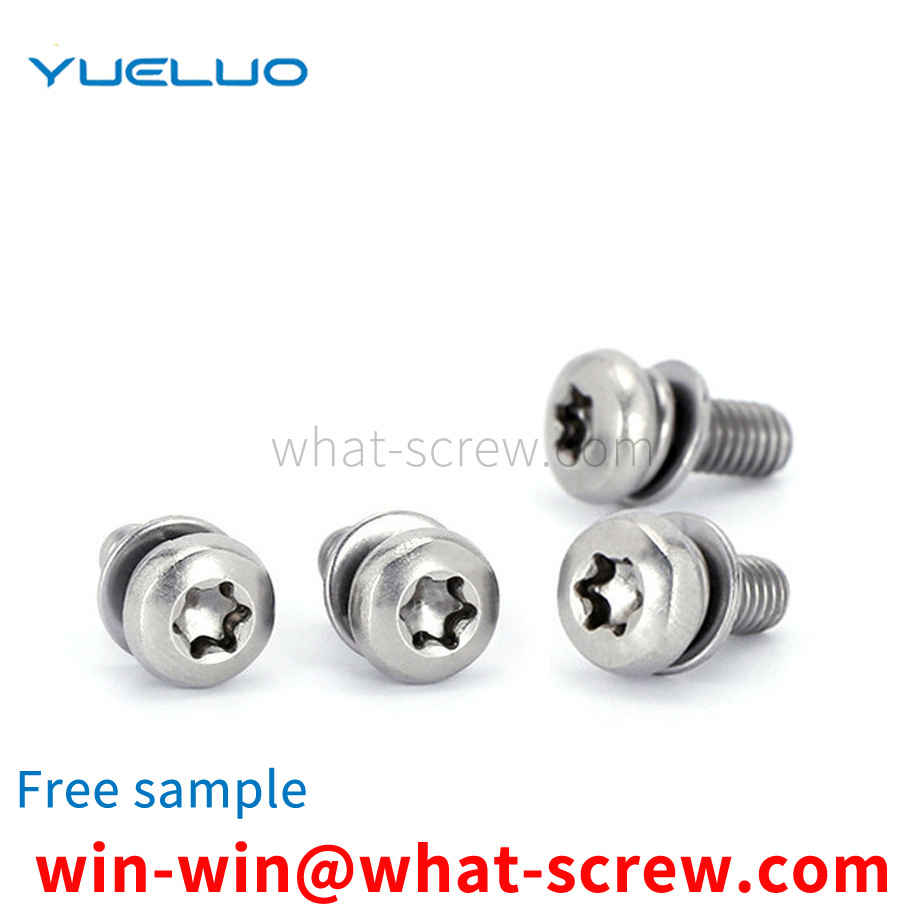
We have more than ten years of production experience in the ...

We have more than ten years of production experience in the ...

We have more than ten years of experience in screw industry ...
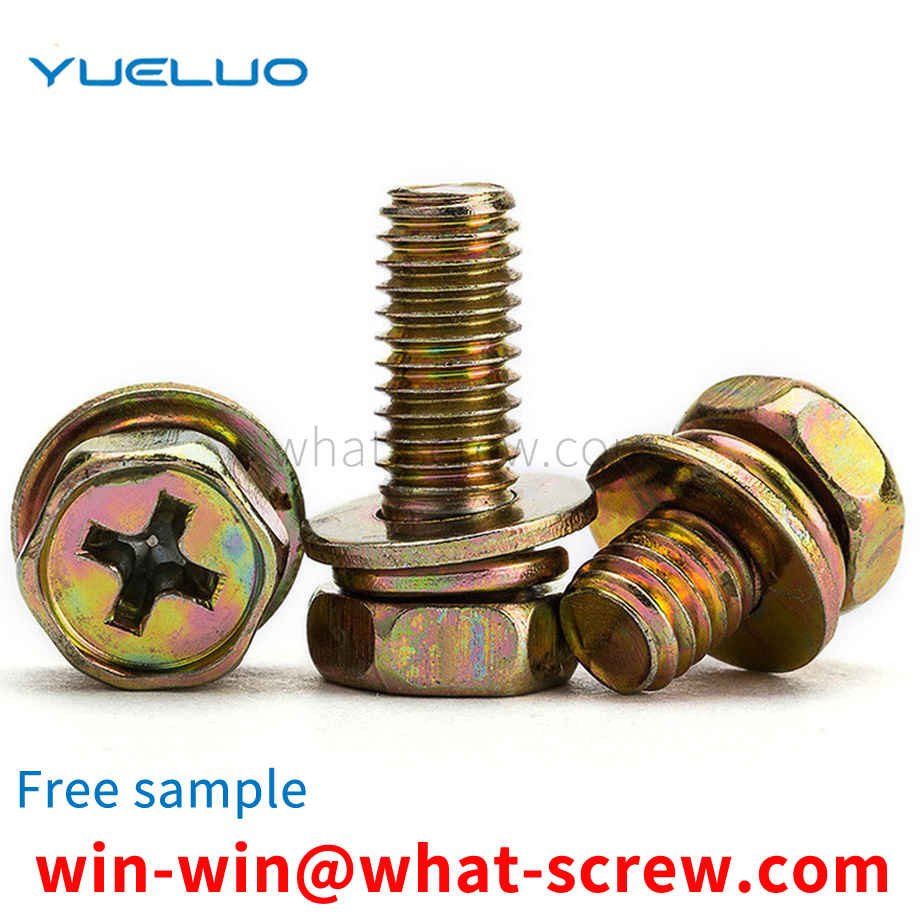
We have more than ten years of production experience in the ...